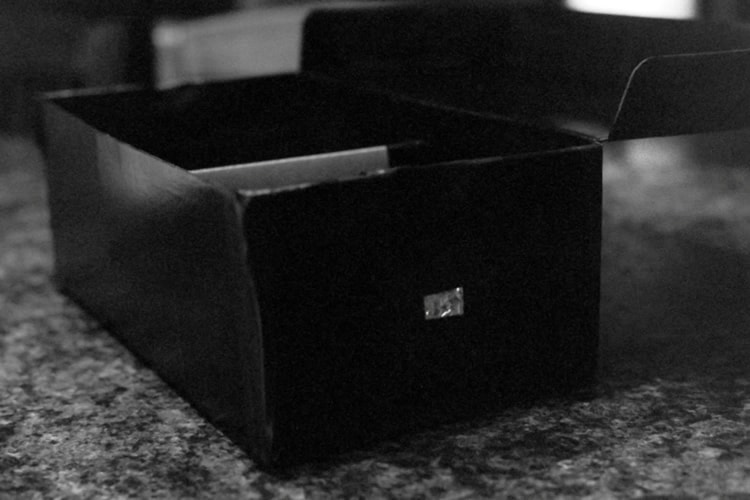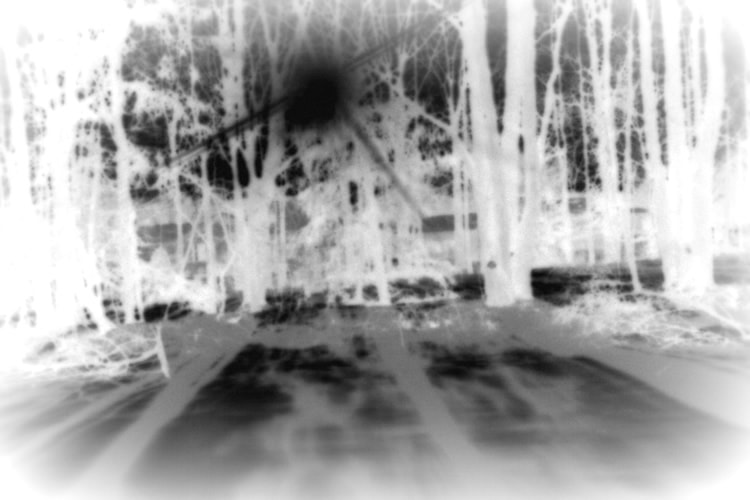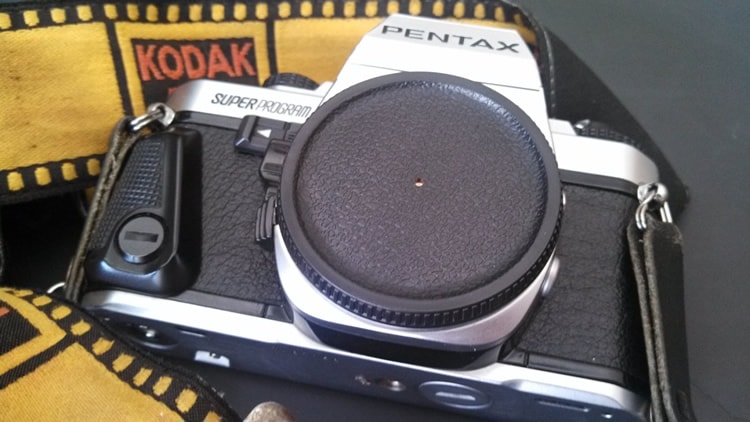How to Build Your Own Pinhole Camera
The “camera obscura” or dark chamber-style pinhole camera has been around since the 4th century B.C. The first imaging devices were pinhole cameras. Pinhole photography is the foundation of modern photographic processes. Building and using your own camera is experiencing photography in its purest form.
Using a pinhole camera – or at least understanding the principles behind it – also makes a big impact on your understanding of photographic terms, technique, and settings. Casting aside the latest equipment and returning to the simplicity of photography’s historic roots is one of the best ways to learn.
You can build a simple pinhole camera from just about anything, even your modern DSLR. I recommend considering a few other methods first. Let’s start with the basic principles.
Pinhole Camera Basics
It starts with a camera obscura, a light-tight chamber with a small circular opening facing a subject. The chamber can be small – like a shoe box – or it can be as large as an entire room.
Try this out: Find a room in your home with a window that you can make dark during the daytime. Black out the windows with paper and create a small circular opening that allows a dime or quarter-sized amount of light to enter the room. The scene outside the window will project upside down into the dark room and onto the opposite wall.

image by david p.
This is exactly what happens when you open the shutter on a camera. In an SLR-style camera, the image passes through the aperture and a mirror reflects the image to the viewfinder.
A pinhole camera offers many of the same exposure choices as an SLR. You can pick aperture size (f-stop), how long you expose your image (shutter speed), and the distance between the aperture and light sensitive surface (focal length).
Some of these choices are made when you plan and build the camera – they are set in stone during the creation process. When it comes time to take a picture, you usually only get to pick shutter speed.
Building a Pinhole Camera and Using Photographic Paper for Film
Building a pinhole camera and developing your own prints is a simple and inexpensive way to get into traditional darkroom photography while providing a process for understanding photo principles. You don’t need to spend a fortune to build a pinhole camera and develop black and white negatives using photo paper. Here are the supplies you need:
For the Camera:
- Shoebox or similar container
- Black paint
- Electrical tape
- Tin foil
- Sewing needle
To Develop Prints:
- Photographic Paper (Illford Multigrade Resin Coated Paper)
- Paper Developer (Dektol)
- Fixer (Kodak Fixer)
- Plastic Trays for Developing
- Safelight (CPM Delta)
The first step is to make a light-tight box. I used a shoebox. Paint the box black with spray paint and seal it with electrical tape. Create a surface to hold light sensitive material. This surface can just be the back of the box. I used a piece of cardboard positioned about five inches from the aperture of my camera. In my pinhole camera, the cardboard film holder is movable – I will explain why in a minute.
Tin foil makes a good aperture opening. Cut a square hole, tape a square piece of tin foil over it and punch a hole in the center of the foil using a needle. You don’t want an aperture that is too small. The size of your aperture will determine how long it takes to expose your image.
After you make your pinhole, cover it with a piece of electrical tape that you can remove later. This is your shutter.

This is my finished shoebox pinhole camera.
My pinhole camera has an adjustable focal length. Moving the light sensitive material closer to the aperture will increase the field of view – the image will become “wider.” Moving it toward the back of the camera will create a telephoto effect – the field of view will decrease.
Creating a “normal” image requires a distance between the film and aperture equal to the size of the film you use. If you use 5×7 paper, a distance of 7 inches from the paper to the aperture will produce a “normal” field of view (what we used to call 50mm in the days of 35mm film).
Loading a Pinhole Camera with Photographic Paper
The easiest method of creating an image is with black and white photographic paper. You will want a resin coated paper (it dries faster). Illford Multigrade Resin Coated Paper is a good choice. You can also use sheet film, but you won’t be able to load the camera under a red light and the processing instructions will be different.
You need a room that is 100% dark to load the camera. Black and white photographic paper does not react to specific frequencies of red light—you can use red CPM Delta bulbs or you can buy a photographic safelight.
After you have your room completely dark and the safe light on, open the box of photographic paper, trim it to fit your film holder and place a sheet in the camera. The emulsion side needs to be facing the aperture. On the Ilford RC paper, the emulsion side feels glossy. Tape the paper down so it doesn’t move around.
Before you leave your darkroom, be sure that the paper is sealed in its light-tight box, the lid is on your camera, and the electrical tape shutter is in place over the aperture.
Exposing Photographic Paper
Place your camera on a flat, still surface in front of a subject and open the shutter (remove the tape in front of the aperture). Exposure time varies based on light conditions and the size of your aperture. Start with 30 seconds exposure time. Open the shutter, time 30 seconds, and place the shutter back on the camera. View the results after development and adjust accordingly. If your paper is dark or completely black after you develop, your exposure time is too long (over exposed).
Developing Paper
Purchase developer and fixer. Follow the instructions to mix them. Usually you have to use warm water to dissolve fixer so be sure to let it cool to room temperature before using.
Line up three plastic bins or trays in the light-tight room you used to load your camera. Developer goes in the first tray, water in the second tray (usually stop bath goes here), and fixer in the third tray. With the room dark and a safe light on, open the camera, remove the paper from the holder and process by placing the paper in the developer. Move the print in the developer for 1-2 minutes.
You should see an image form on the paper. If no image appears, you need to increase exposure time. Go back to square one, reload your camera and keep the shutter open longer.
Keep the light off. Rinse the negative in the water tray and transfer to the third tray with fixer. You can turn the normal room lights on after 1 to 2 minutes. Fix for around 5 minutes and rinse the paper for 15 minutes in running water.
The result of a properly exposed pinhole photograph using photo paper will be a negative image. Here is an example from my pinhole camera:

A pinhole negative image of trees and the sun in my yard.
Use Your DSLR for Pinhole Photos
Pinhole photography doesn’t have to involve developing trays, photographic paper, or film processing. You can get a pinhole effect from any camera that has a detachable lens. The easiest way is to purchase a custom pinhole lens for your camera. Holga makes a pinhole lens for Canon and Nikon mounts. If you want to be creative, you can also drill a small hole in a body cap. This method is definitely less work.

This is my Pentax Super Program with a pinhole body cap.
I recommend building your own pinhole camera and developing negatives from black and white photo paper. It’s a fun project and you learn a lot about photography. Using your SLR is possible – you just need to get a body cap and drill a small hole. With a DSLR pinhole camera the results are instant and you learn similar principles.
No matter how you do it you are bound to learn something by reducing the complexity of photography to a few basic exposure concepts.
